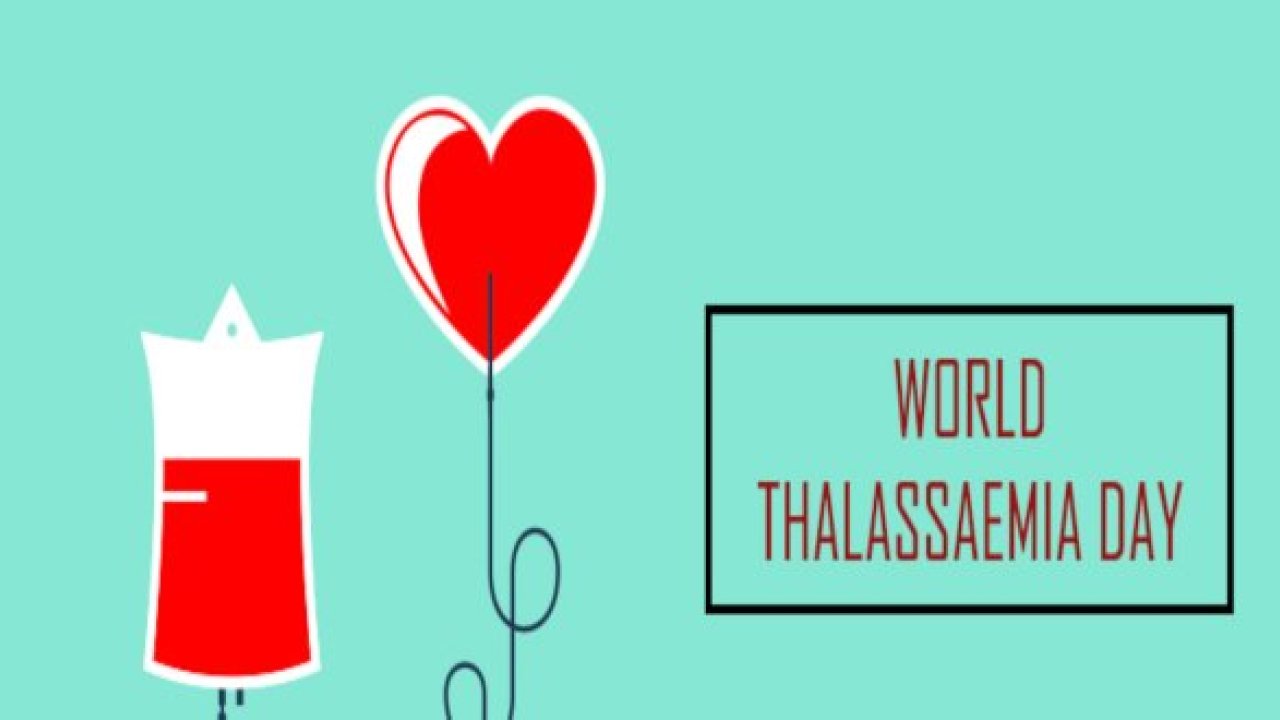World Thalassemia Day is observed every year on May 8. The day is observed to raise awareness about Thalassemia as well as its preventive measures and also how the condition can be prevented. World Thalassaemia Day is also observed in order to encourage people who are struggling to live with this condition. Thalassemia is the inherited blood condition which passes from parents to children.
There are several types of Thalassaemia conditions. The treatment of Thalassemia condition depends on its types and its severity. In this condition, the body’s ability to produce haemoglobin and red blood cells is affected. The impact of Thalassaemia condition may range from mild to severe or even life-threatening at times. Here is a look at some World Thalassaemia Day images that you can forward to your family and friends to create awareness.
World Red Cross Day and Red Crescent Day 2020: History, celebration and theme
There are two main types of Thalassemia:
Alpha Thalassemia – occurs when your gene related to the alpha globin protein (a subunit of haemoglobin) is missing or mutated.
Beta Thalassemia – occurs when gene defects affect the production of the beta globin protein, which is also a subunit of haemoglobin.
Based on the severity of the gene defect, you can suffer from –
Thalassemia Major – occurs when the child inherits two mutated genes from the parents. Their inability to produce normal haemoglobin leads to extreme fatigue and children suffering from Thalassemia major usually show signs of severe anaemia in the first year of their lives.
Thalassemia Minor – People suffering from Thalassemia minor have a Thalassemia trait in one gene and are referred to as carriers. 3-4% of the Indian population are carriers of this condition and the only way to know if you’re a carrier is to undergo a specialised blood test called Haemoglobin electrophoresis that identifies the carrier gene.


















